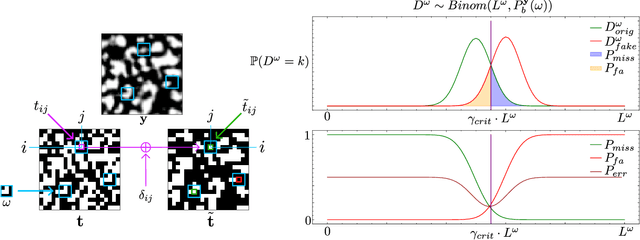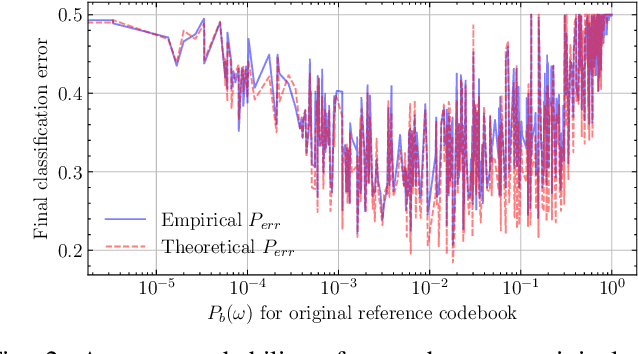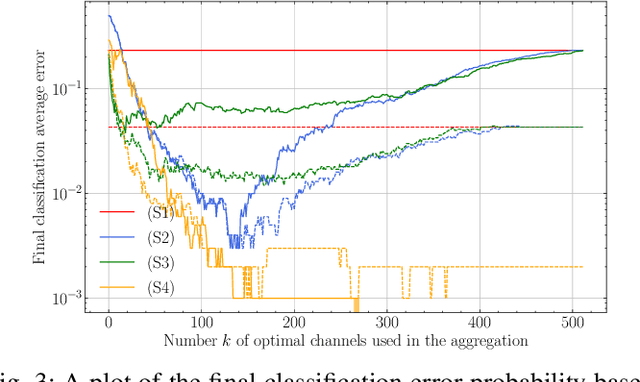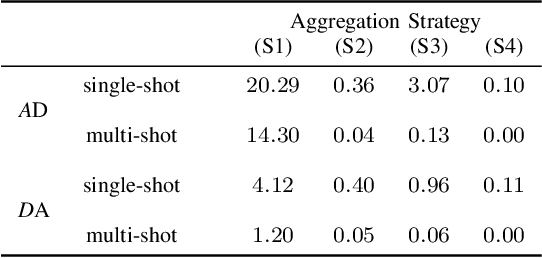Provable Performance Guarantees of Copy Detection Patterns
Paper and Code
Sep 26, 2024



Copy Detection Patterns (CDPs) are crucial elements in modern security applications, playing a vital role in safeguarding industries such as food, pharmaceuticals, and cosmetics. Current performance evaluations of CDPs predominantly rely on empirical setups using simplistic metrics like Hamming distances or Pearson correlation. These methods are often inadequate due to their sensitivity to distortions, degradation, and their limitations to stationary statistics of printing and imaging. Additionally, machine learning-based approaches suffer from distribution biases and fail to generalize to unseen counterfeit samples. Given the critical importance of CDPs in preventing counterfeiting, including the counterfeit vaccines issue highlighted during the COVID-19 pandemic, there is an urgent need for provable performance guarantees across various criteria. This paper aims to establish a theoretical framework to derive optimal criteria for the analysis, optimization, and future development of CDP authentication technologies, ensuring their reliability and effectiveness in diverse security scenarios.
 Add to Chrome
Add to Chrome Add to Firefox
Add to Firefox Add to Edge
Add to Edge